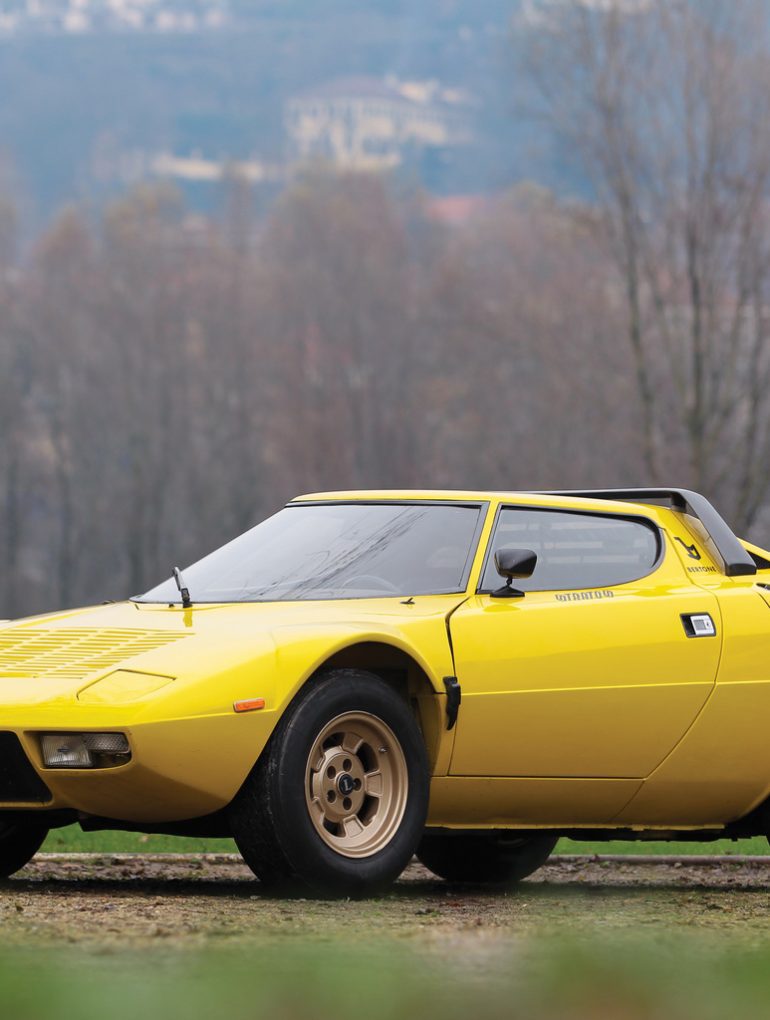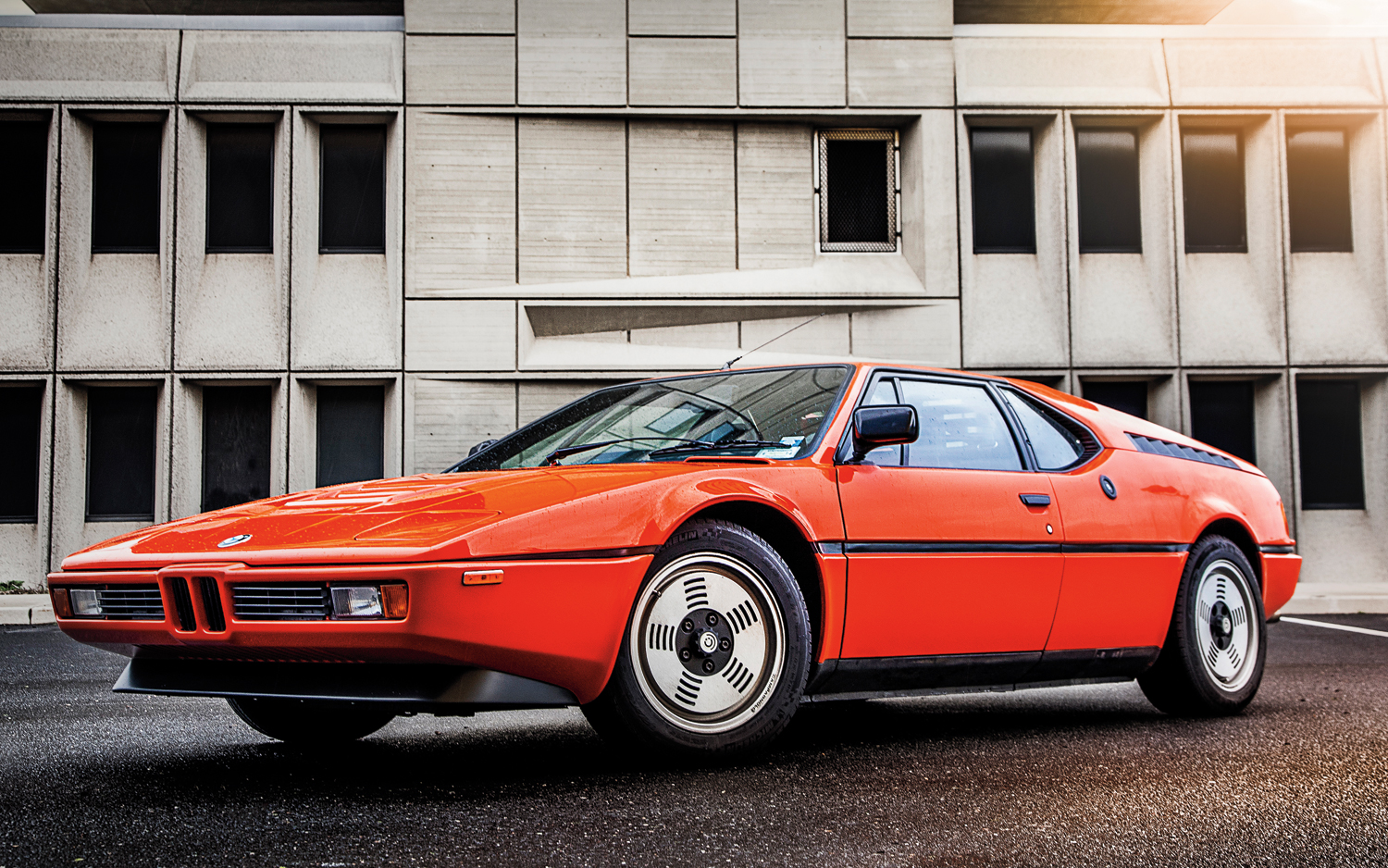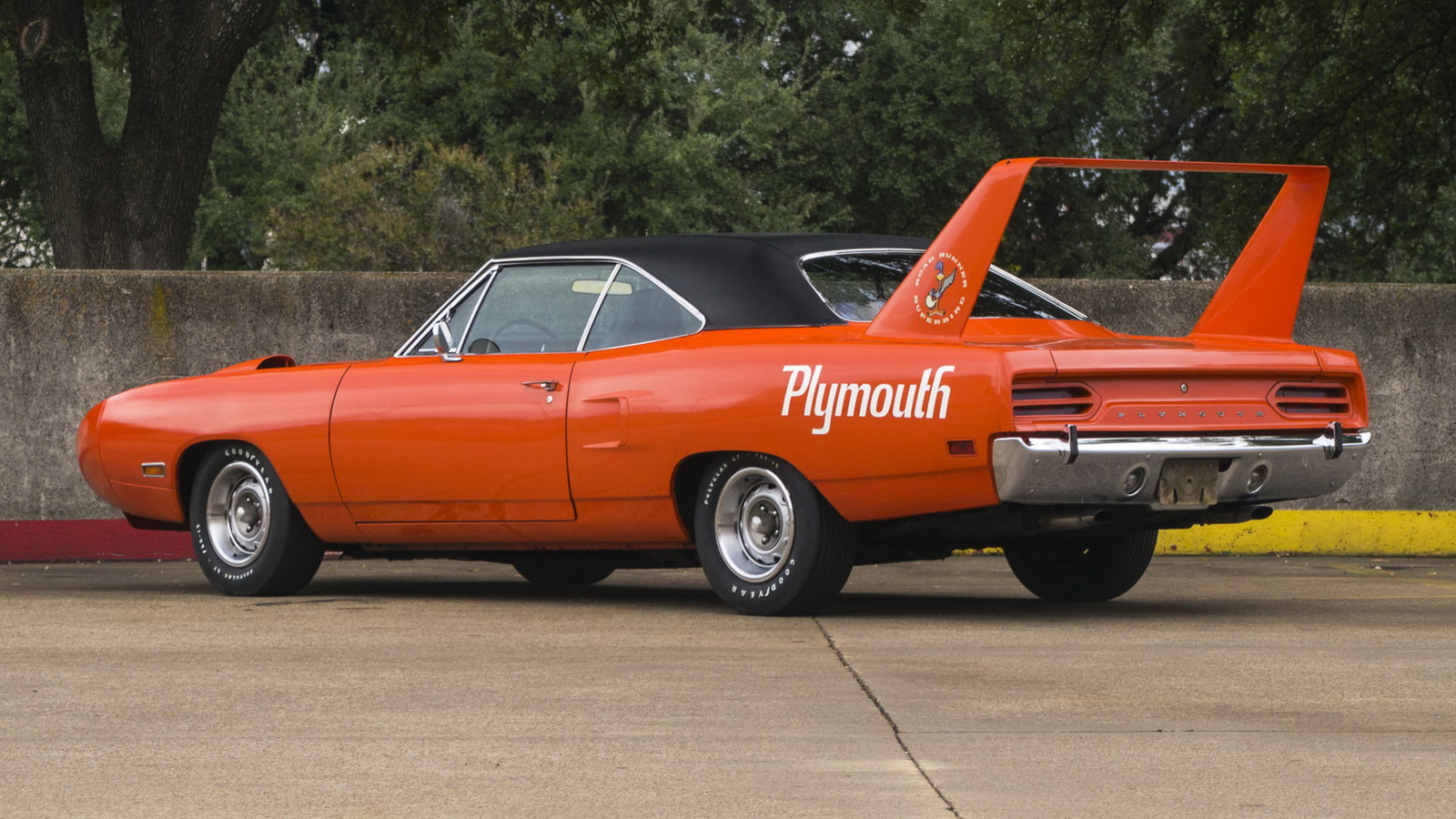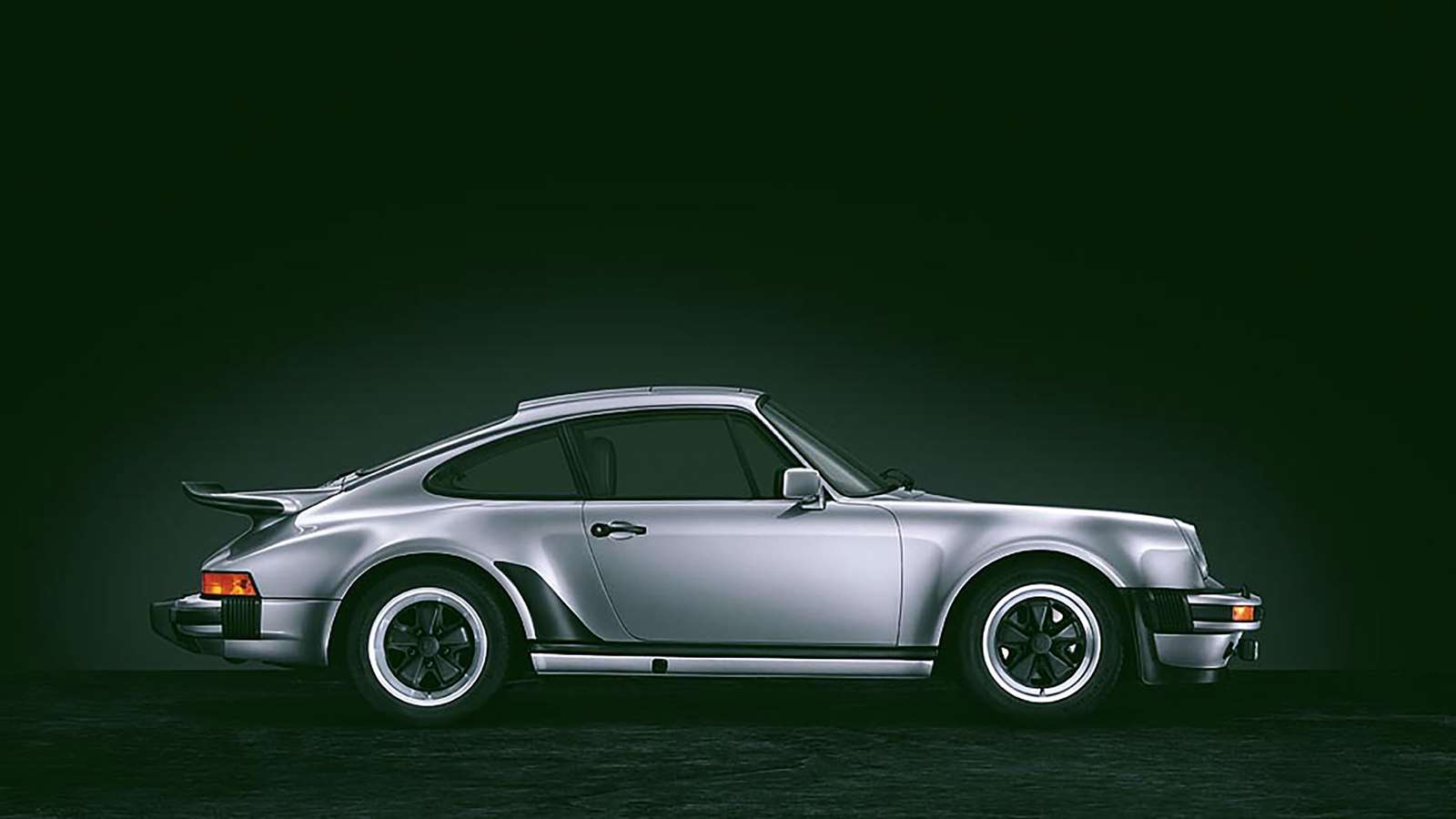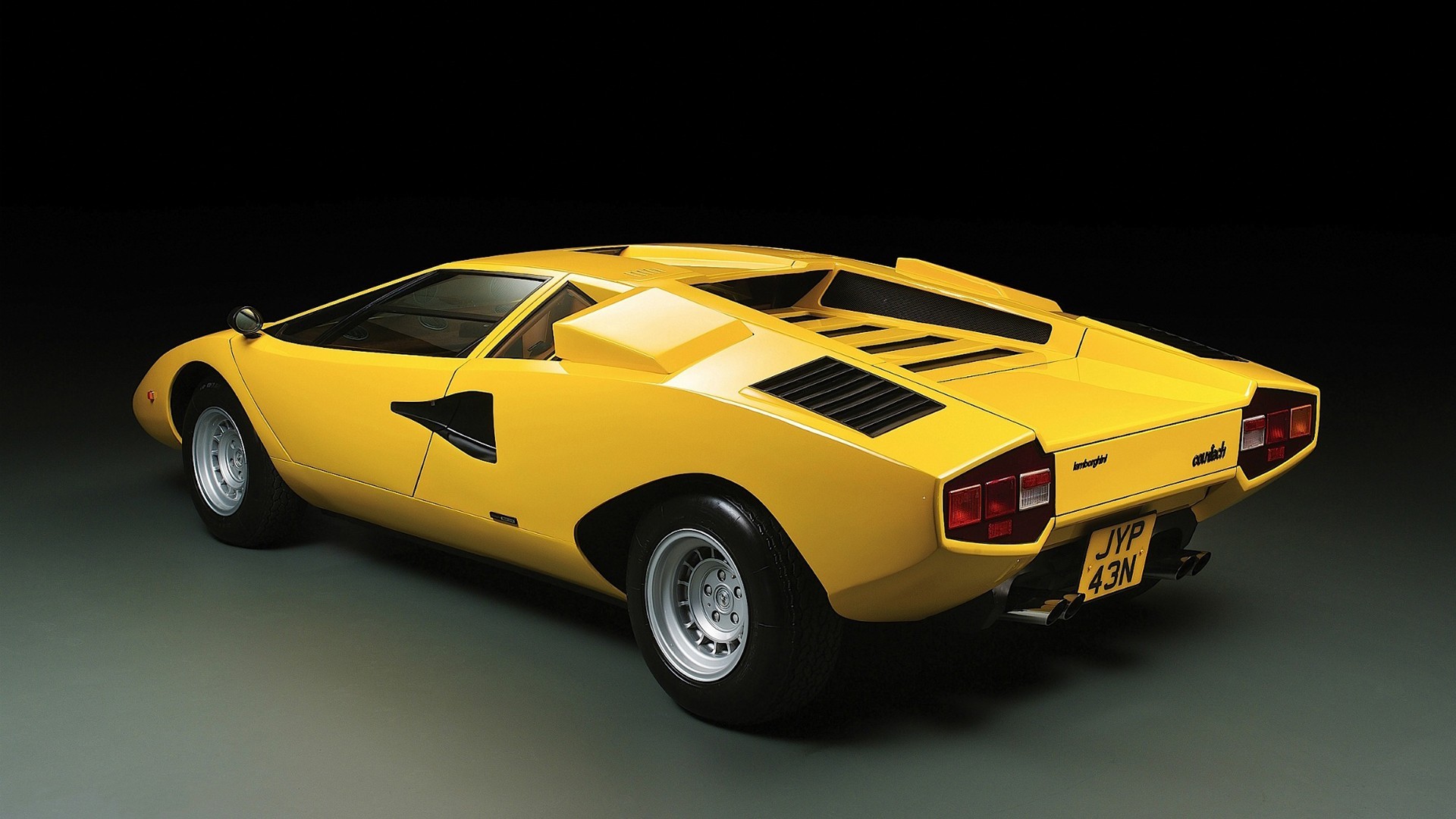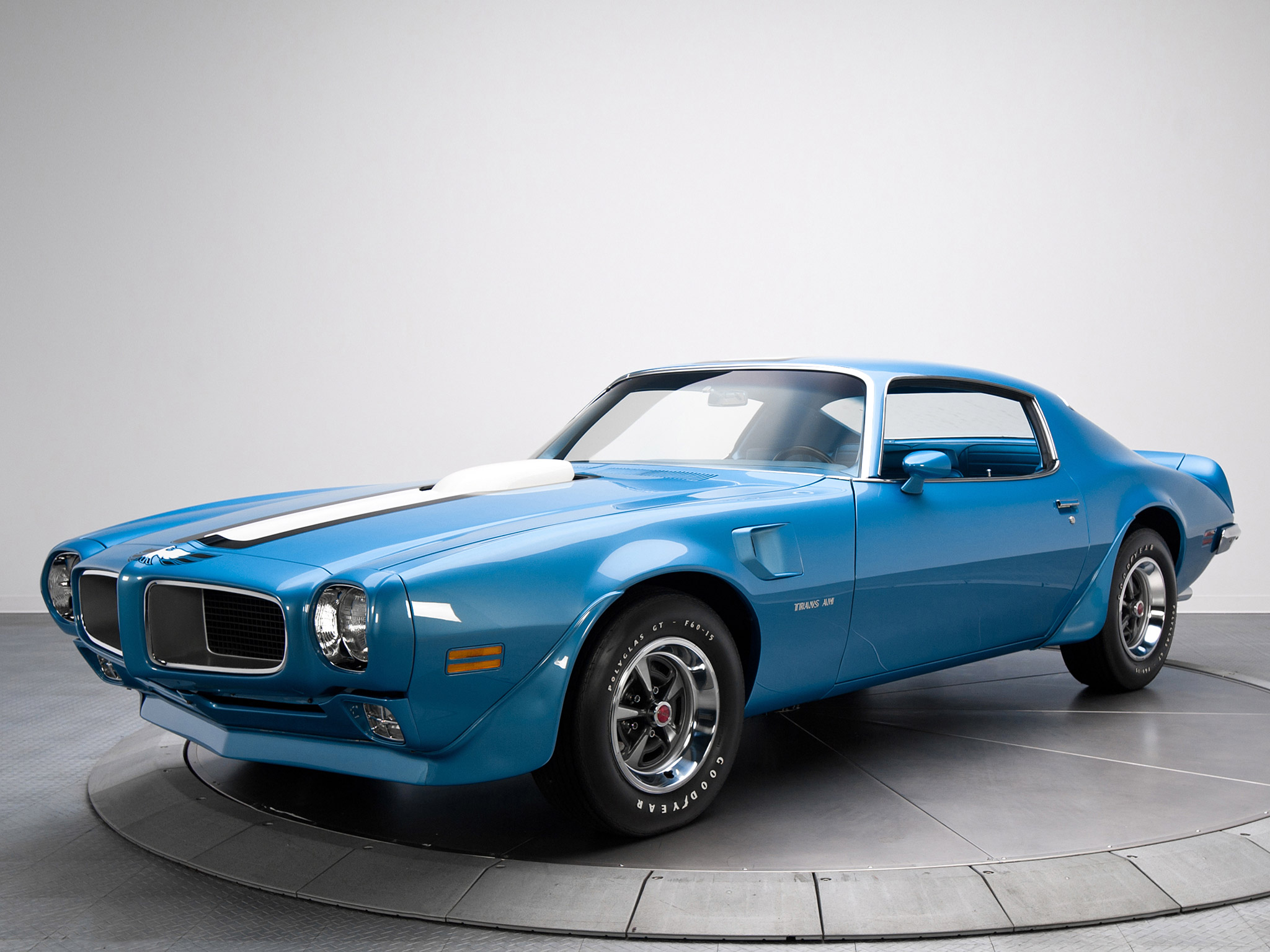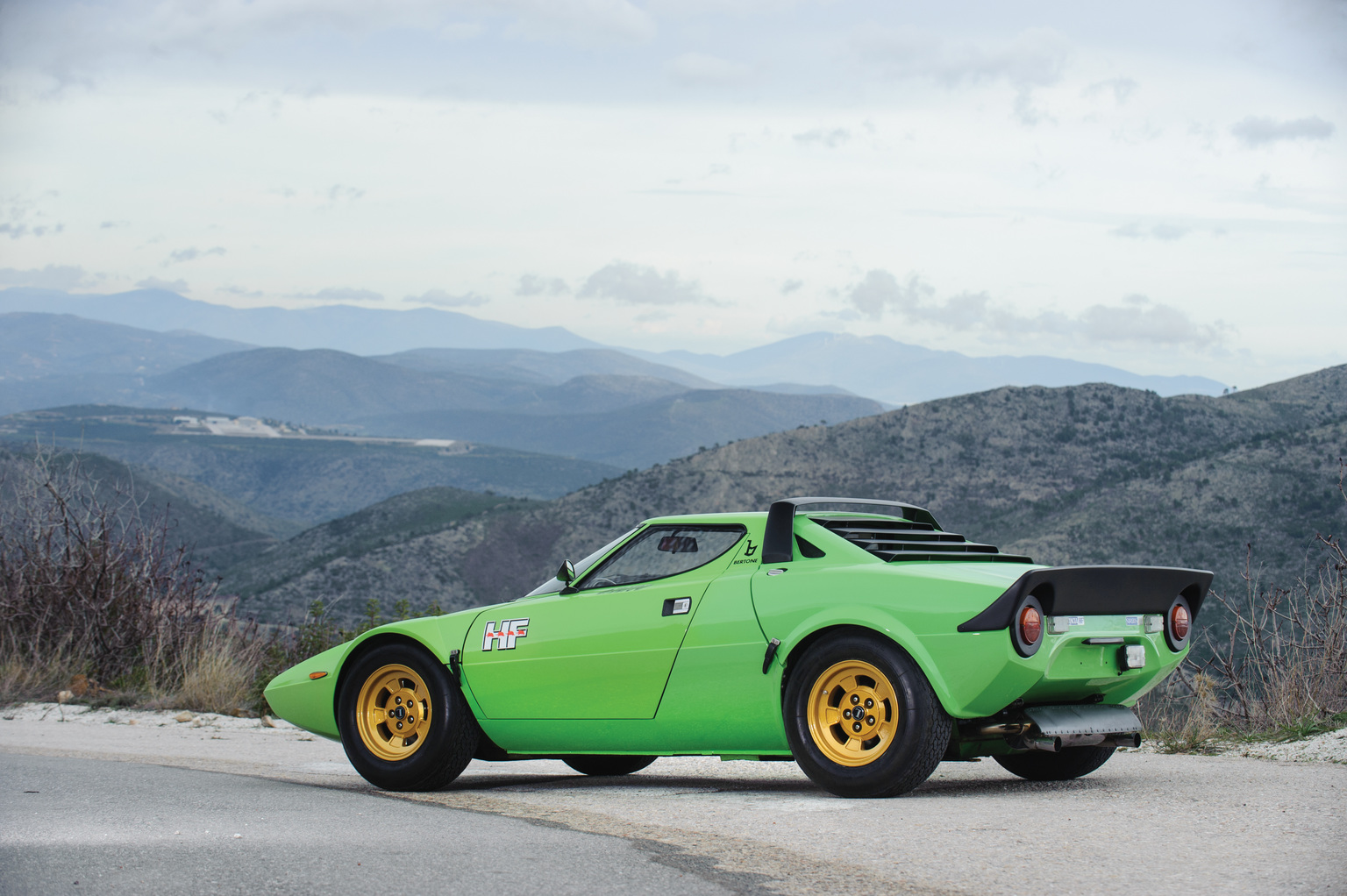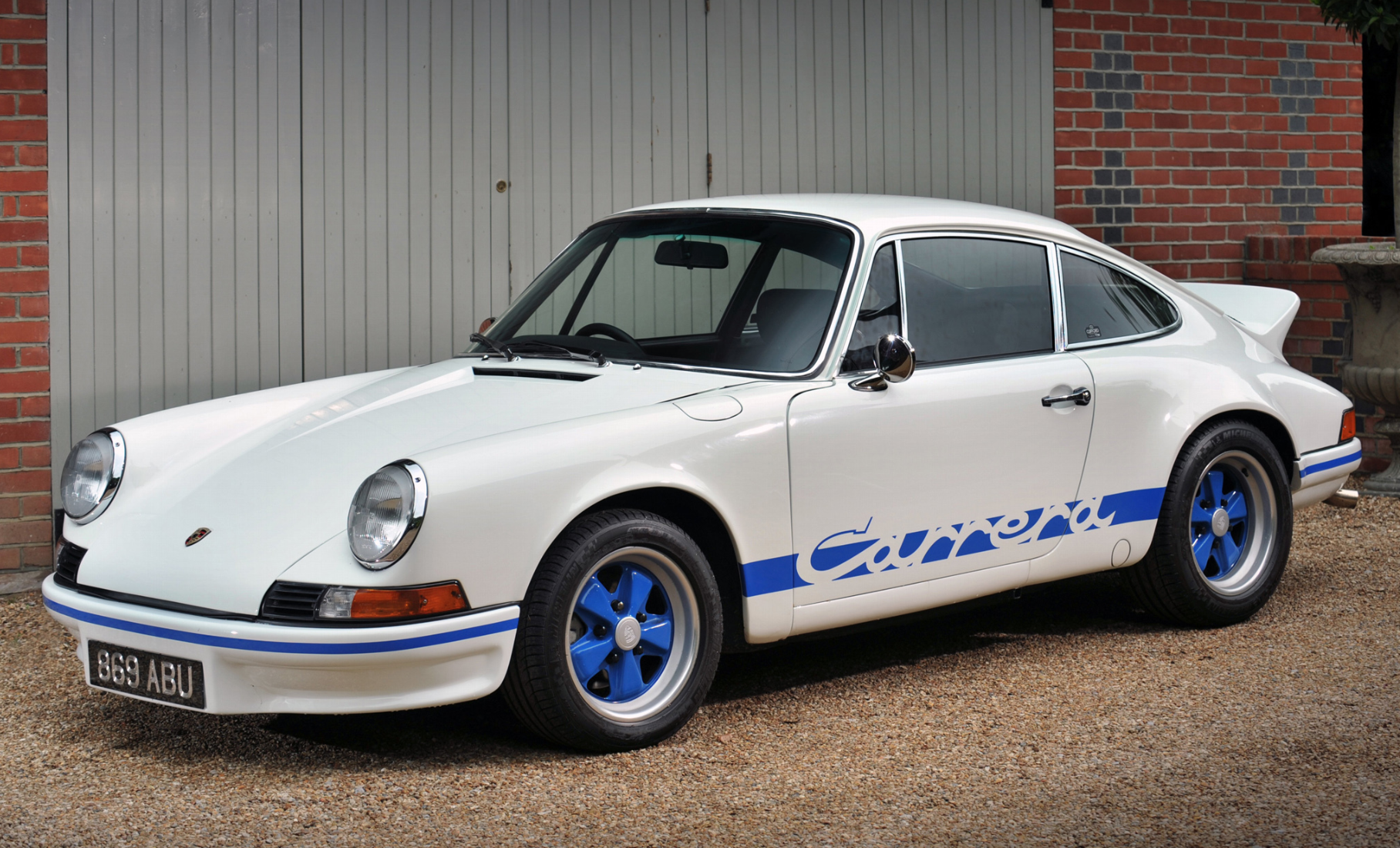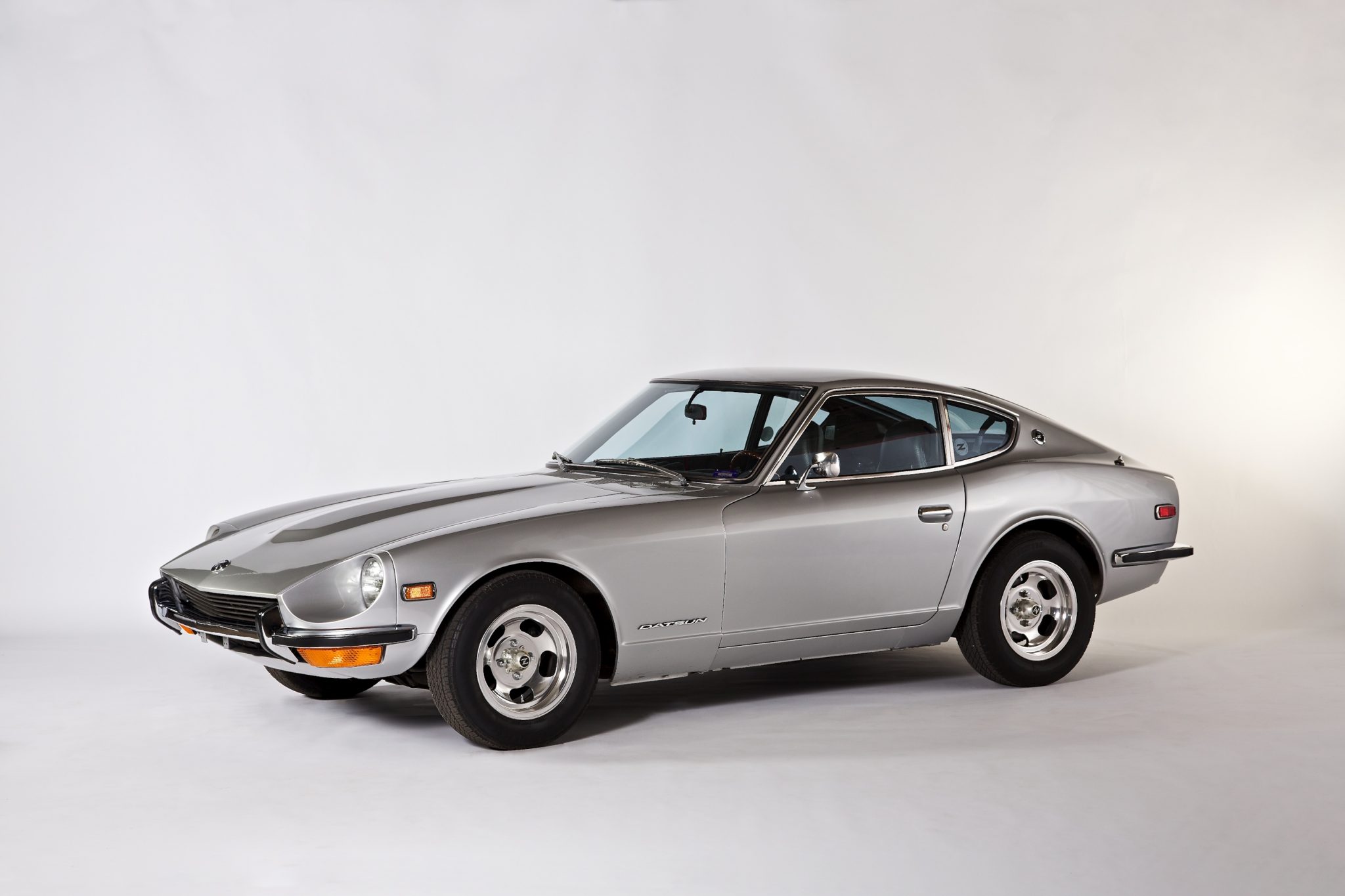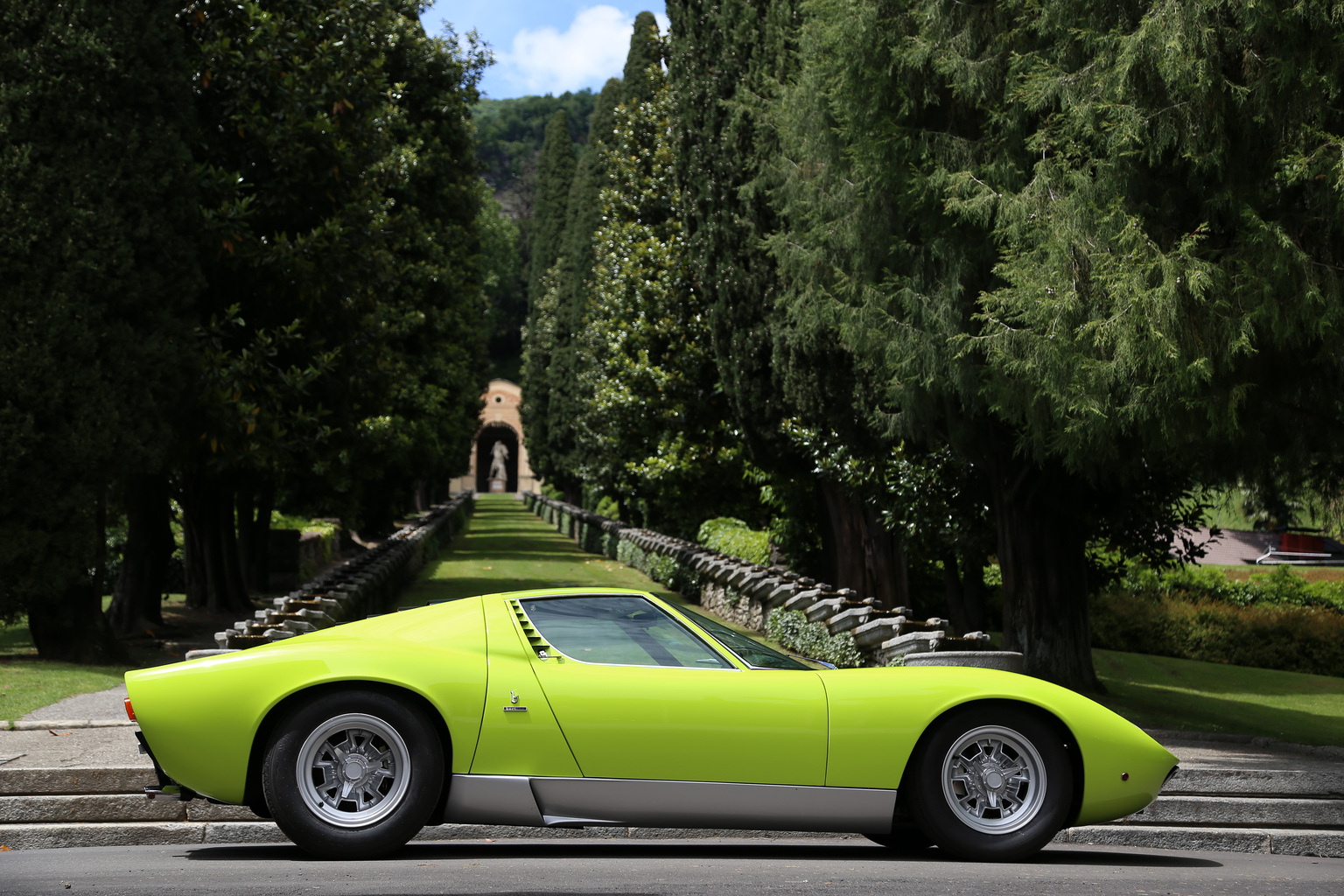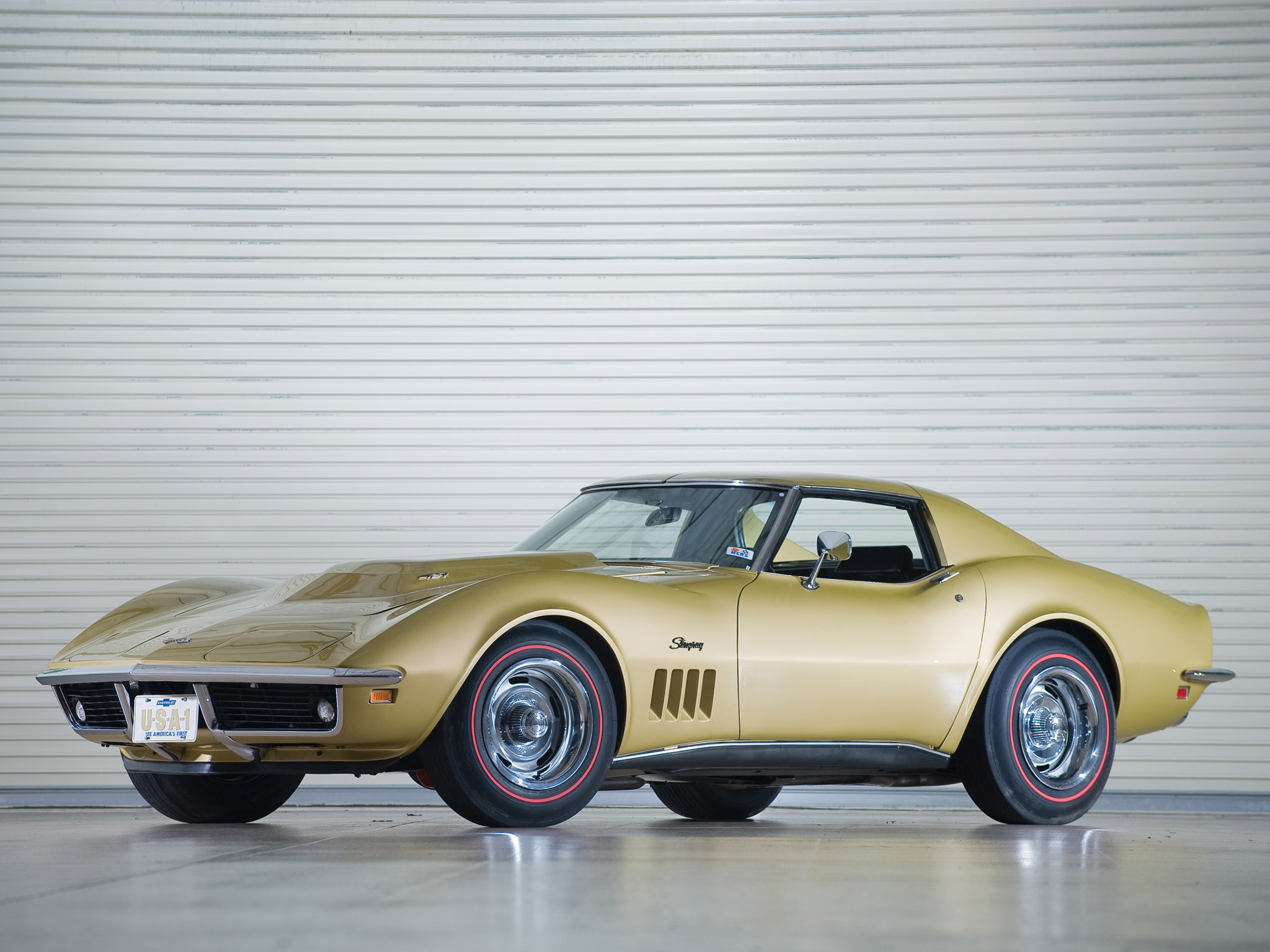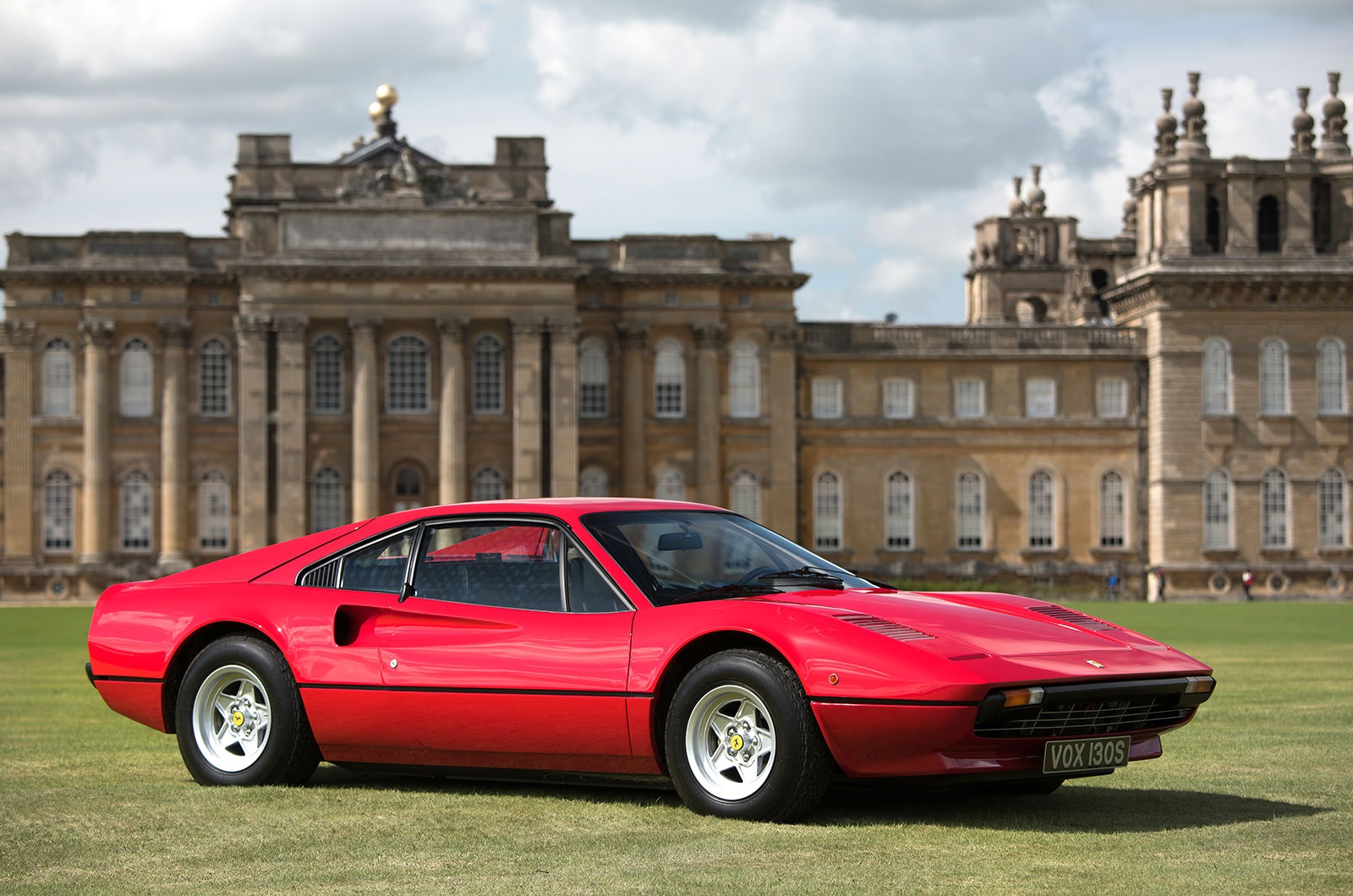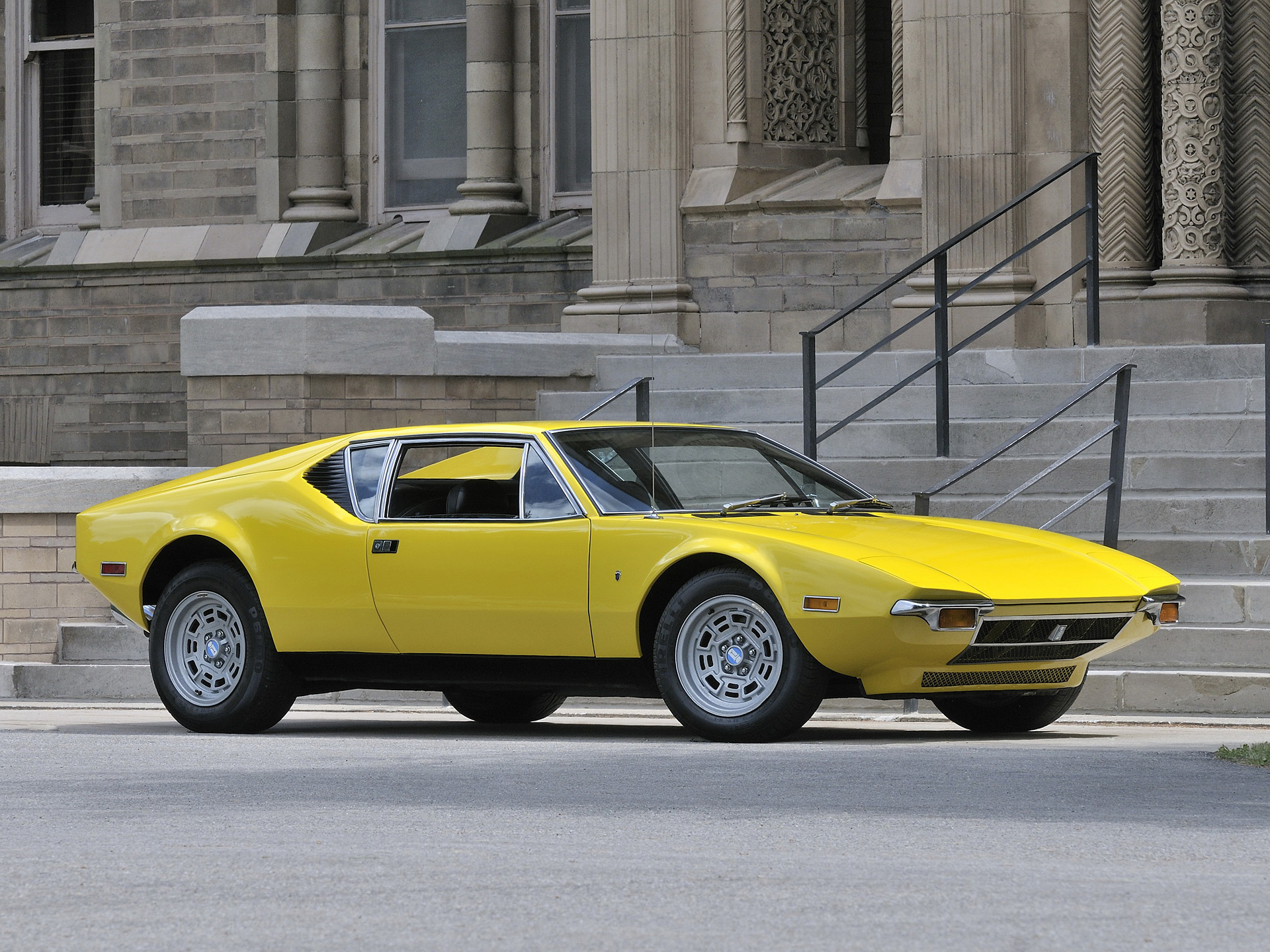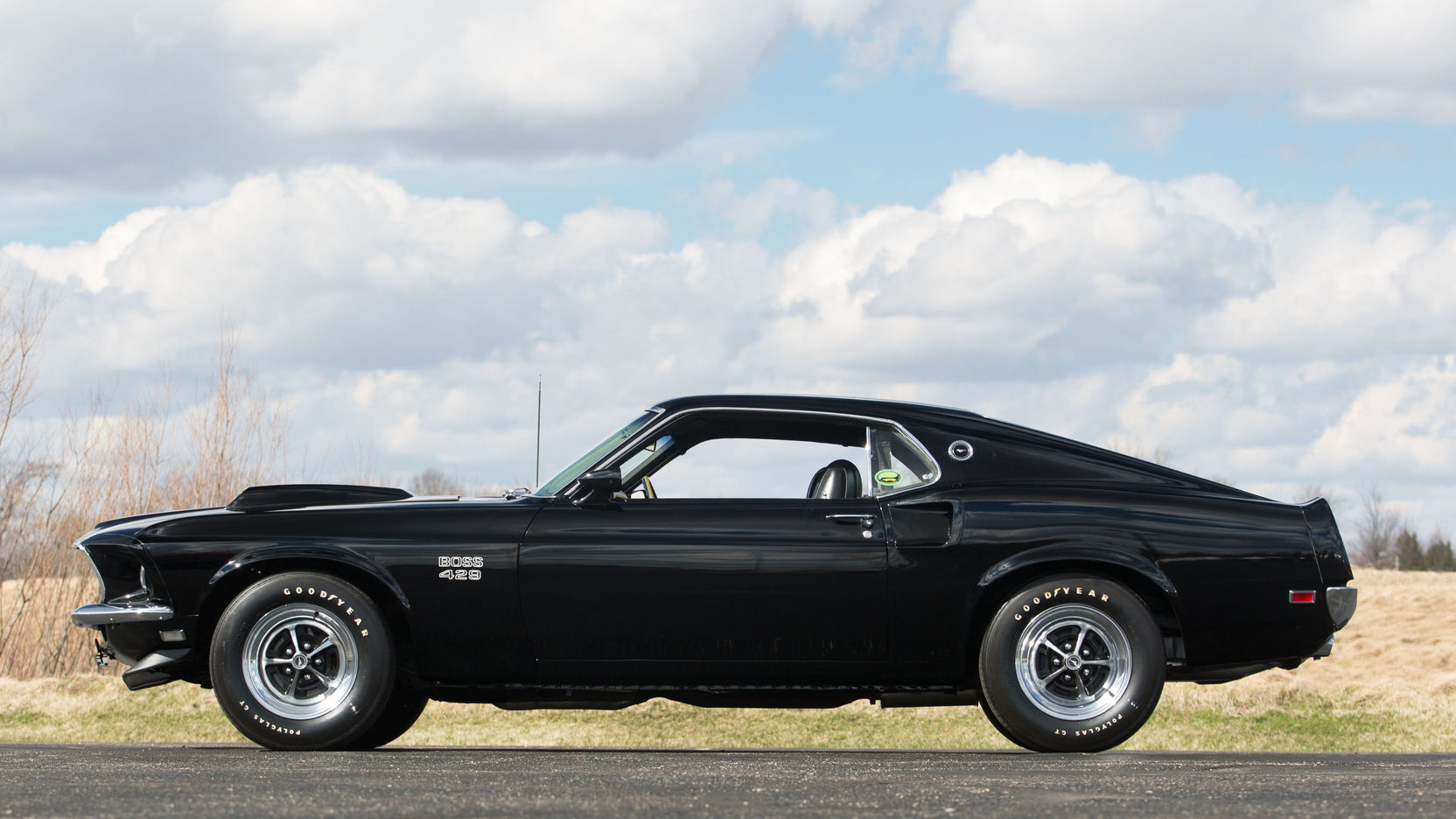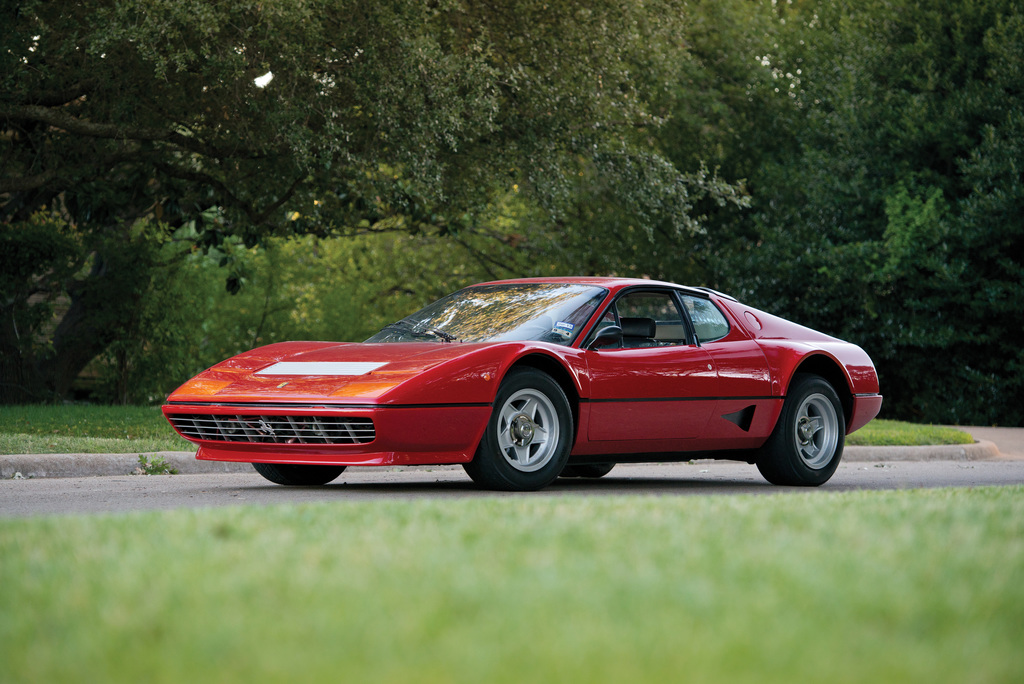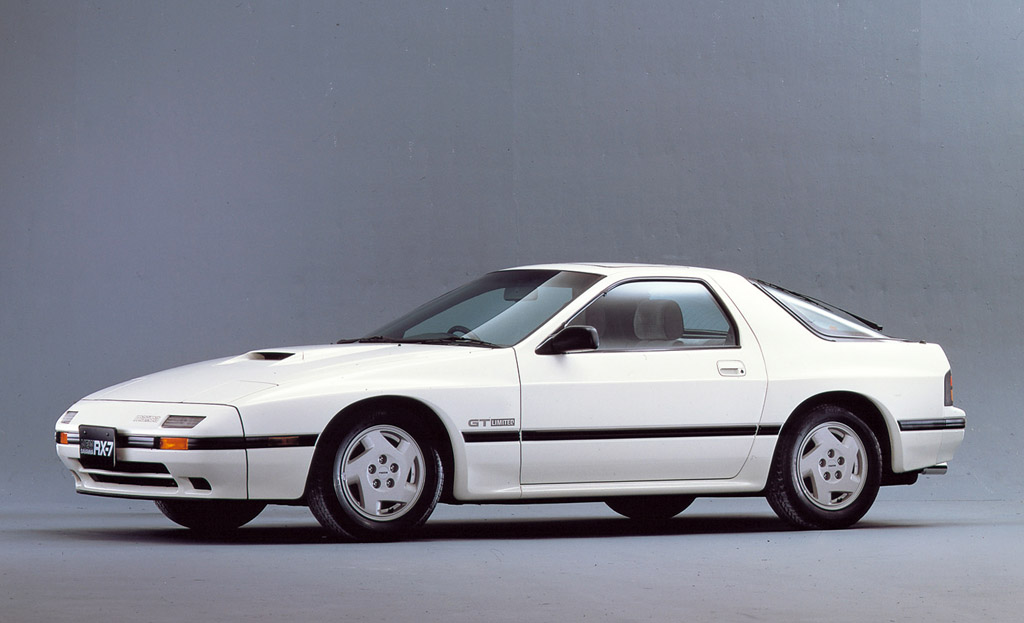The 1970s: Discomania. The Hippie Movement. Bell-bottom jeans and platform shoes. Those lava lamps that everyone seemed to have on their nightstand. Oh, and let’s not forget Happy Days – which was actually about the ’50s, but I digress – and that still-sorta-catchy Y.M.C.A song by Village People. There are so many more memorable things to mention from that decade, but let’s get to talking about how the ’70s were also responsible for producing some amazing automobiles.
We say that these cars were ‘amazing’ both because of, and in spite of, the political climate as it related to petroleum during the era. The ‘gas crisis’ as they called it, was a period when gas prices were relatively exorbitant due to severe shortages caused by an oil embargo. In significant numbers – particulary in the US – consumers began to shift towards buying smaller, economical, and more fuel-efficient vehicles. While some of the cars on this list were net beneficiaries of this change, others would need to make an even more convincing value proposition in order to persevere; some would do just that, even to this day.
Through the lens of a car enthusiast, the decade was typified by European wedge-shaped exotics, indisputably-American muscle cars, and peculiarly impressive Japanese imports. While angular silhouettes appeared to be the dominating design philosophy, there was also a cohort of manufacturers who opted for sleeker, more curvy lines. Performance by today’s standards will of course seem meager, but that didn’t preclude the existence of roaring 12-cylinder configurations and large-displacement engines. However, it was also an opportune time for manufacturers to develop and improve smaller power plants, many of which would end up being the key reason behind their respective models’ successes.
Here’s our shortlist of 15 such cars, which we have curated:
BMW M1
The BMW M1 is a bit of an enigma. Those who love it, really love it – and for all the right reasons too. First off, it should be stated that we have the M1 to thank for beginning a long line of BMW M cars which have come to define, and propagate BMW sports car performance globally. The M1 was BMW’s first mid-engined sports car and fashioned the much adored wedge-shaped silhouette; the dominating design philosophy for exotic cars at the time. It featured an impressive 3.5L naturally-aspirated inline-6 engine which produced 273 hp. So, what’s not to love? Well, BMW would have to eventually chalk the M1 up as a learning opportunity, as the car ended up being a commercial flop.
Starting off as a collaboration between BMW and Lamborghini, the car had lofty ambitions right off the bat as well; to dominate all the racing series’ it was envisioned to compete in. This particular plan never came to fruition as Lamborghini – tasked with building the cars – ended up filing for bankruptcy before production ramped up. BMW managed to scrape together some new partners to get a production version on the road, but only 455 units were ever built before it was axed for good; its asking price of 100,000 DM had a lot to do with that.
Some of those units were even built for competition, but none of them ever saw any noteworthy success on the circuit. While the BMW M1 didn’t realize its main objectives, it nevertheless remains one of the best and most important BMW cars produced to this day.
Chrysler “Aero Warriors”
The Dodge Charger Daytona and Plymouth Superbird were produced under the direction of their parent company, Chrysler. Dubbed the “Aero Warriors”, the two “sister” cars which were part of an ensemble which included the Ford Torino Talladega and Mercury Cyclone Spoiler II. All of these cars earned those nicknames because of their huge nose cones and enormous rear spoilers that made them legendary among the competition. They are considered to amongst the very first stock cars to be modified aerodynamically.
Due to homologation requirements, both Dodge any Plymouth had to produce the Aero Warriors in substantial numbers. Dodge would only end up producing 503 examples of the Charger Daytona, though in Plymouth’s case, 1,920 Superbirds would roll off the assembly line. While the race versions got full blown Hemi engines, most of the cars got 440 Super Commandos or 440 6-packs rated at 385 hp. Only a small fraction of models would come equipped with the top-gun Hemi 426, which produced 550 hp. The Aero Warriors were so successful in competition that NASCAR had to change the rules to make the playing field more even in 1971.
Porsche 930 (911 Turbo)
Pontiac Firebird Trans Am
In March of 1969, Pontiac quietly announced a new performance/trim option for its popular Firebird model, but things did not stay silent for long. Dubbed the Trans Am (after the Trans American Racing Series), it quickly became a pony car icon and one of the best-known American muscle cars ever produced, ultimately dethroning the mighty GTO as Pontiac’s most popular performance model. This event also marked the end of the first generation Firebird, though the Trans Am would pick up right where things left off when the second generation car was introduced in 1970.
Styling changes aside, the Trans Am remained entirely familiar in terms of being Pontiac’s flagship performance model. Although things started out with a bang for the second-gen series – and particularly the Trans Am models – the aforementioned oil embargo amongst other factors, would see the car subjected to significantly decreased power outputs halfway through the model’s lifecycle.
While the the option of having a V8 engine persevered through the entire 11 years that the model was produced, the most powerful engine option from 1975 onwards, produced just 220 hp in comparison to the 370 hp which was available during the 1970 model year. Examples equipped with the “Ram Air IV” V8 are the most powerful, and generally most desirable versions of the Trans Am, and were exclusive to the first 2 model years.
Lancia Stratos
Porsche 911 Carrera RS 2.7 Touring
The Carrera RS debuted in October 1972 at the Paris Motor Show, and is considered to be Porsche’s de facto first-gen 911 halo car. It’s surely one of the best road cars of all time. It was the fastest production 911 and had proven pedigree on the racing circuits. Some feel it is still the best 911 ever produced by Porsche, and definitely makes the Top 10 on our “Best Porsches Ever Made” list. Initial production for the 2.7 was only 500 cars and it sold out almost immediately. Three versions were available, including a lightweight Sports trim, a Race trim or more the opulent Touring trim for the road. The lightweight version was substantially lighter with thin-gauge body panels, lighter windows and a stripped out interior.
Fitted with flared wheel arches, a distinctive ducktail spoiler, and a highly tuned flat-6 engine, the brilliant Carrera 2.7 RS is the model against which all subsequent high-performance 911s are judged. The 2.7 RS road car also served as the platform for homologating the parts needed for racing. The 210 hp 2.7L flat-6 engine – benefitting from Porsche’s experience gained from the 917 racing program – elevated the 911 into the 2500 cc – 3000 cc class, alongside heavyweight opposition such as the Ferrari Daytona and DeTomaso Pantera.
Fun fact: the ducktail rear spoiler is the first proper wing to feature on a 911 from the factory, while the widened wheel arches allowed more rubber to come in contact with the road. What a superb machine.
Datsun 240z
The Nissan S30 (Datsun 240Z) was the first generation of Nissan’s two-seater grand touring “Z” coupe. The Z models had a production run which lasted from 1969 to 1978. All models had a 4-wheel independent suspension with MacPherson struts in front and Chapman struts in back. Front disc brakes and rear drums were standard on all models. The 240Z and 260Z used twin-variable venturi Hitachi one-barrel side-draft SU-like carburetors. The first-generation “Fairlady Z”, launched in November 1969, was available with the same high-performance ‘432’ engine – an inline-6 DOHC 24-valve unit which produced 160 hp – as seen in the Skyline GT-R (PGC10).
The carburetors were changed beginning in the 1973 model year in order to comply with emissions regulations, though the earlier carburetors offered superior performance as compared to the later Weber carburetors. Fuel injection – L-Jetronic electronic fuel injection, designed by Bosch – was added for the 280Z in 1975 for US models. This was primarily done in order to cope with the increased difficulty manufacturers faced in getting enough power output through the use of carburetors, while still being able to satisfy US emissions regulations. The Datsun 240Z is easily one of the most beautiful cars on this list.
Lamborghini Miura P400 SV
The Lamborghini P400 Miura is considered – by virtually anyone qualified to make the call – to be the first “supercar” ever produced. That’s a pretty hefty distinction to have, but it certainly didn’t get there without earning it. Although the Miura’s chassis design could be mistakenly interpreted as a race chassis, Ferruccio Lamborghini had a strict “no-racing” attitude when it came to the purpose of the car. He even wrote a policy in the company’s bylaws that prohibited the model from being used for racing; instead, the Miura was destined to be a production road car of the highest order.
The first completed prototype was painted orange and personally driven by Bertone to the 1966 Geneva Motor Show, where it became the highlight of the event and overshadowed the Ferrari 330 GTC which was also a debutant.
The “Spinto Veloce” (SV) model is the final and most developed version of Lamborghini’s seminal supercar. Like all Miuras, it has an exotic specification and sleek profile which epitomizes Lamborghini’s image more than any other model. The main focus of the SV was a new rear suspension that made the car much wider. Longer wishbones were fitted that added 1.5 inches of length. Furthermore, larger Campagnolo cast magnesium wheels were added with wider Pirelli Cintaurato tires. While it’s common to hear the Miura being described as the world’s first supercar, we prefer to expand on this by calling it the first modern supercar, since the Ferrari 275 GTB and Mercedes 300 SL came immediately before it.
Chevrolet Corvette Stingray (C3)
Ferrari 308 GTB
There is often some confusion with the Ferrari 308/208/328 model range so we will take a minute to explain the differences here. Firstly, the 308 replaced the Dino 246 GT and GTS in 1975. The two-seater Ferrari 308 came in both a 308 GTB berlinetta and 308 GTS Targa top body style. Both were mid-engined and powered by naturally-aspirated V8s. The 308 models were produced by Ferrari from 1975 to 1985. The similar 208 GTB and 208 GTS were equipped with a smaller (initially naturally-aspirated, later turbocharged) 2.0L engine. The 308 range was updated in 1985, when it would become the 328.
The beautiful Pininfarina designed body had a pronounced wedge profile, with a rectangular egg-crate aluminum radiator grille below a slim full width satin black front bumper. However, there were numerous key design elements of the Dino 246 GT carried through into the body details. These included the scalloped door intakes, twin circular rear light assemblies, and the vertical concave rear screen bounded by buttressed sail panels.
The 308 was equipped with a transversely mid-mounted V8 engine with four twin-choke Weber 40DCNF carburetors, single coil ignition, and dry sump lubrication (in European models). The European versions produced 252 hp @ 6,600 rpm. For US market cars, power was detuned to 237 hp in order to satisfy the relatively stricter emissions regulations.
De Tomaso Pantera
The De Tomaso Pantera is the product of one of the very few (but more prominent) American x Italian automotive collaborations. Mixing Italian design language with the soul of a cast-iron American V8 engine, the Pantera had plenty of appeal on both sides of the pond. It was unlikely result of Lee Iacocca and Alessandro de Tomaso coming together to produce a version of the AMX/3; a move that set off a chain of events which would eventually bring Ford Motor Company to the exotic car landscape – and the rest as they say, is “history”.
The overall design that De Tomaso envisioned was brought to fruition by Dallara, with a possible production capacity of 5,000 cars / year originally proposed. The car had all the right ingredients to be a success, including a double wishbone suspension, disc brakes, rack and pinion steering, and most importantly: a 351 Cleveland V8. Once the design was finalized, coachwork was done by Vignale and the shells were then shipped to De Tomaso in Modena upon completion, where the suspension and drivetrain would be put in.
In 1971 Road and Track described the car as “Exciting-but not a finished product.” De Tomaso himself argued that an exotic car couldn’t be delivered to corporate engineering standards, at least not for $10,000 USD a unit. In 1973 the model was replaced the Pantera L which had less power and larger rubber bumpers. Nevertheless, it remains one of the most fascinating cars ever produced.


